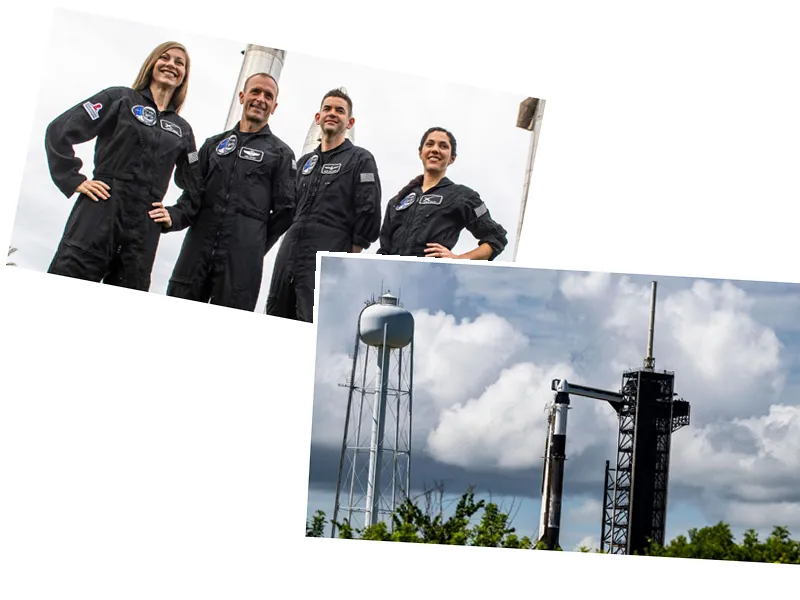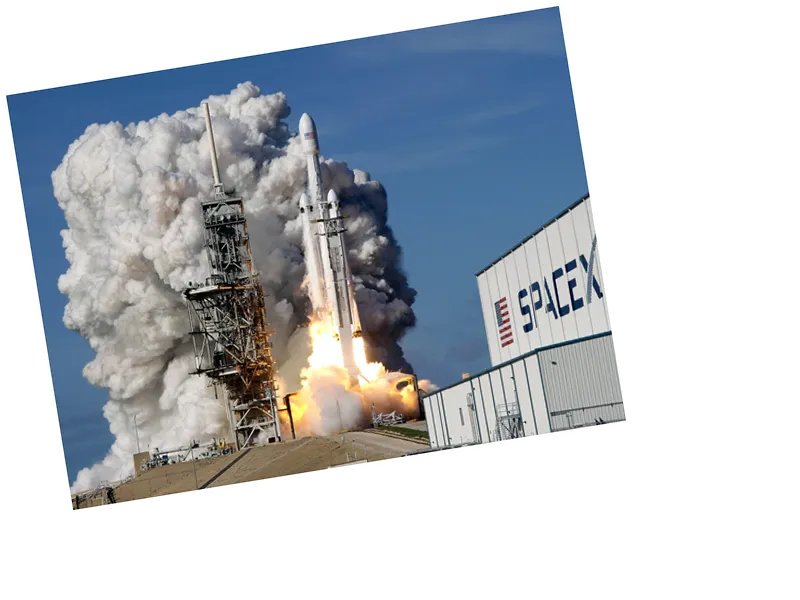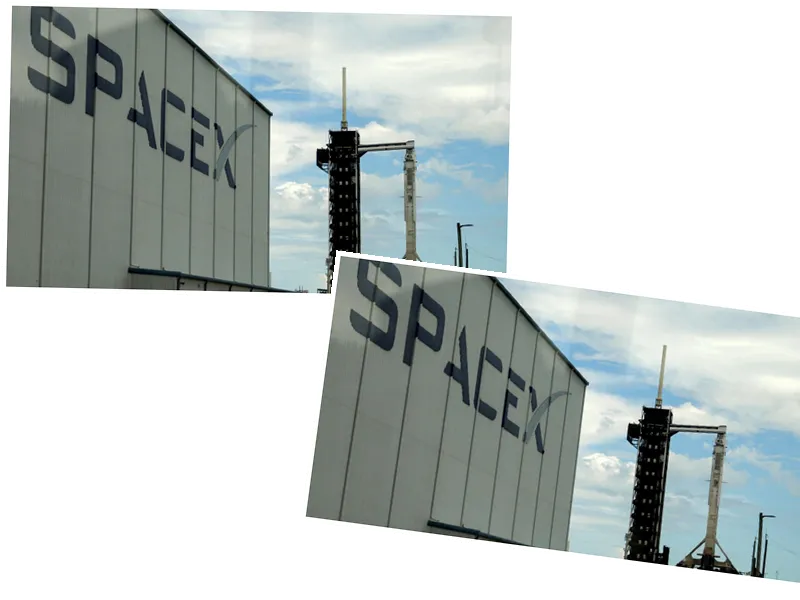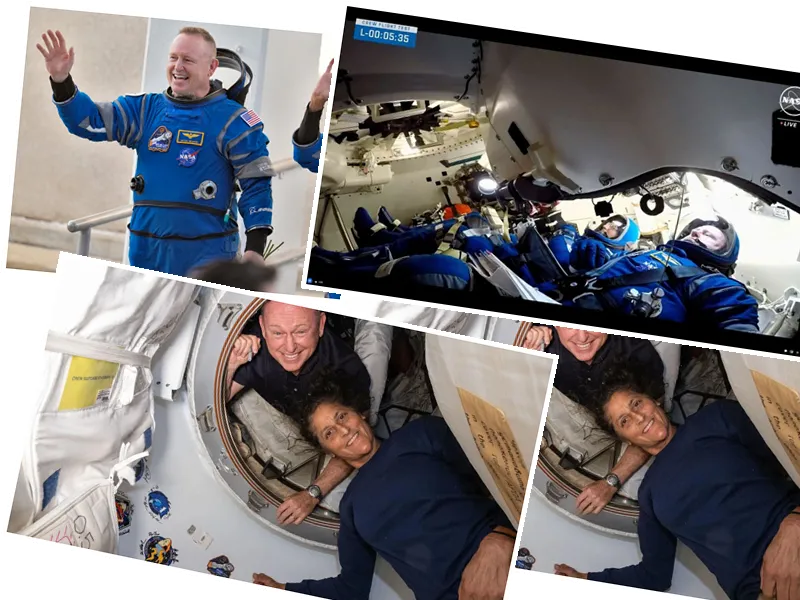SpaceX Delays Polaris Dawn Mission Due to Helium Leak
A SpaceX capsule, carrying four civilians on a groundbreaking mission, has faced a delay due to a helium leak. Originally set to launch from NASA's Kennedy Space Center in Florida, the Polaris Dawn mission now awaits a new launch window, potentially as early as Wednesday. SpaceX confirmed the delay on social media, emphasizing that both the Falcon rocket and Dragon capsule remain in good condition, and the crew is prepared for their multi-day journey to low Earth orbit.
Pioneering Spacewalk for Civilians
This mission is particularly notable as it aims to facilitate the first spacewalk by a civilian crew. The astronauts, including billionaire Jared Isaacman and SpaceX engineers Sarah Gillis and Anna Menon, will perform the spacewalk on the third day of their mission. Unlike traditional spacewalks conducted by government astronauts, this will expose the crew to the vacuum of space without an airlock, requiring them to wear specially designed spacesuits while the Crew Dragon capsule is depressurized.
Future Implications for Space Exploration
The Polaris Dawn mission is not just a historic moment for private space travel; it also serves vital scientific purposes. The crew will ascend to an altitude of 870 miles (1,400 kilometers), significantly higher than the International Space Station, allowing them to traverse the Van Allen radiation belts. The mission will gather data on the effects of space radiation on both the astronauts and the spacecraft, which could inform future missions to the Moon and Mars. Polaris Dawn is the first of three planned missions funded by Isaacman, with additional objectives yet to be disclosed.
- The Polaris Dawn mission is part of a broader initiative by SpaceX to expand private space travel. Following the Inspiration4 mission in 2021, which also involved Isaacman, the Polaris program aims to push the boundaries of what civilian astronauts can achieve in space. The upcoming missions will not only focus on exploration but also on conducting scientific experiments that could pave the way for longer-duration missions to other celestial bodies.





